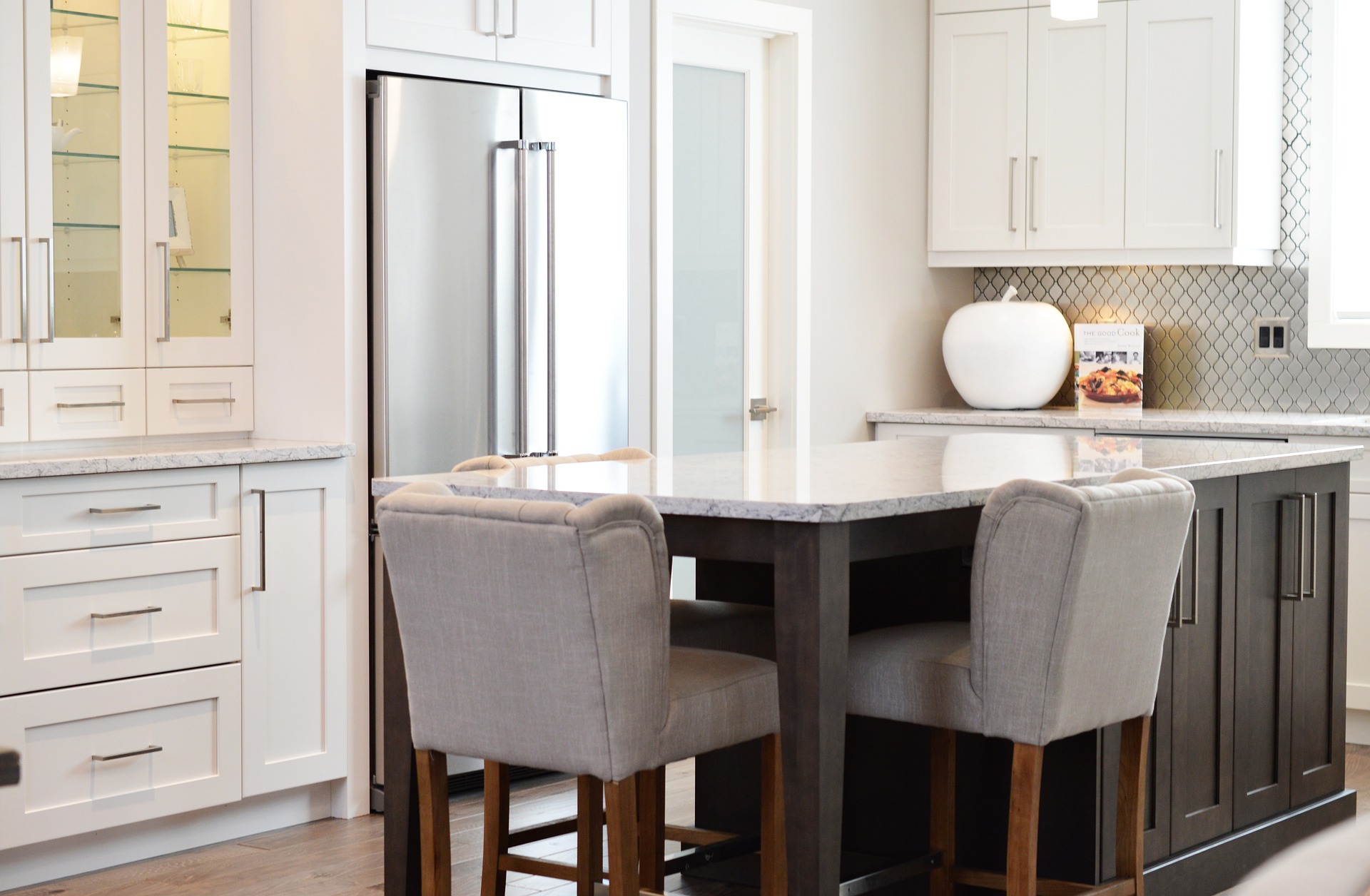Tips for Buying a New Kitchen
Contents |
[edit] Introduction
Even though the TV (and other consumer electronics) may be in the living room, the kitchen is still the heart of most homes. This means that a good kitchen is one of the best investments you can make, not only in terms of your own personal enjoyment of your home, but also in terms of increasing its value.
With that in mind, here are three tips for buying a new kitchen.
[edit] Measure twice, buy once
Most people need to squeeze out every last drop of space in their home, including their kitchen. What makes kitchens different from other rooms is that they tend to have very “fixed” layouts. Most furniture and appliances have to be fixed to a wall for reasons of practicality and safety. This makes it challenging (read difficult and expensive) to put right mistakes.
Getting the design right, starts with measuring your kitchen accurately. Get (at least) two people to do the measuring separately and if there’s any difference of opinion, measure again until you are sure it is right.
[edit] Be honest about how you actually use your kitchen
The perfect kitchen is the kitchen which works perfectly for you in your real life, not the life you see on social media pictures. For example, open shelving can look wonderful if you genuinely have minimalist leanings or if, at the very least, you’re the kind of person who likes to have everything ultra-tidy even if it means you need to take extra time to perform certain tasks (like cleaning up after a meal).
If, however, you’re neither, then cupboard doors can be one of your best friends.
[edit] Be pragmatic about where to spend and where to save
The rule of thumb is to spend on items which will be hard to update later and the more frequently you use the items, the more of your budget you should be prepared to dedicate to buying quality.
For example, sinks are plumbed-in appliances, which means that they do take work to update and they are certainly used regularly (and for all kinds of different reasons from filling kettles to washing pots and pans). In short, a sink meets all the criteria to justify a higher spend. Taps, however, can be upgraded fairly easily and so even though they are used regularly, if you need to make savings somewhere, then it can make sense to do so with the taps and then change them out later.
Similarly, kitchen cabinets typically get a lot of use and while they’re not actually plumbed in, it’s usually a bit of work to swap them out. So, it’s usually worth spending as much as you can afford on the cabinets themselves. Hardware, such as handles is, however, easy to swap out and so can be an initial save.
--TaraNeil 11:48, 19 Aug 2019 (BST)
[edit] Related articles on Designing Buildings Wiki
Featured articles and news
RTPI leader to become new CIOB Chief Executive Officer
Dr Victoria Hills MRTPI, FICE to take over after Caroline Gumble’s departure.
Social and affordable housing, a long term plan for delivery
The “Delivering a Decade of Renewal for Social and Affordable Housing” strategy sets out future path.
A change to adoptive architecture
Effects of global weather warming on architectural detailing, material choice and human interaction.
The proposed publicly owned and backed subsidiary of Homes England, to facilitate new homes.
How big is the problem and what can we do to mitigate the effects?
Overheating guidance and tools for building designers
A number of cool guides to help with the heat.
The UK's Modern Industrial Strategy: A 10 year plan
Previous consultation criticism, current key elements and general support with some persisting reservations.
Building Safety Regulator reforms
New roles, new staff and a new fast track service pave the way for a single construction regulator.
Architectural Technologist CPDs and Communications
CIAT CPD… and how you can do it!
Cooling centres and cool spaces
Managing extreme heat in cities by directing the public to places for heat stress relief and water sources.
Winter gardens: A brief history and warm variations
Extending the season with glass in different forms and terms.
Restoring Great Yarmouth's Winter Gardens
Transforming one of the least sustainable constructions imaginable.
Construction Skills Mission Board launch sector drive
Newly formed government and industry collaboration set strategy for recruiting an additional 100,000 construction workers a year.
New Architects Code comes into effect in September 2025
ARB Architects Code of Conduct and Practice available with ongoing consultation regarding guidance.
Welsh Skills Body (Medr) launches ambitious plan
The new skills body brings together funding and regulation of tertiary education and research for the devolved nation.
Paul Gandy FCIOB announced as next CIOB President
Former Tilbury Douglas CEO takes helm.
UK Infrastructure: A 10 Year Strategy. In brief with reactions
With the National Infrastructure and Service Transformation Authority (NISTA).
























